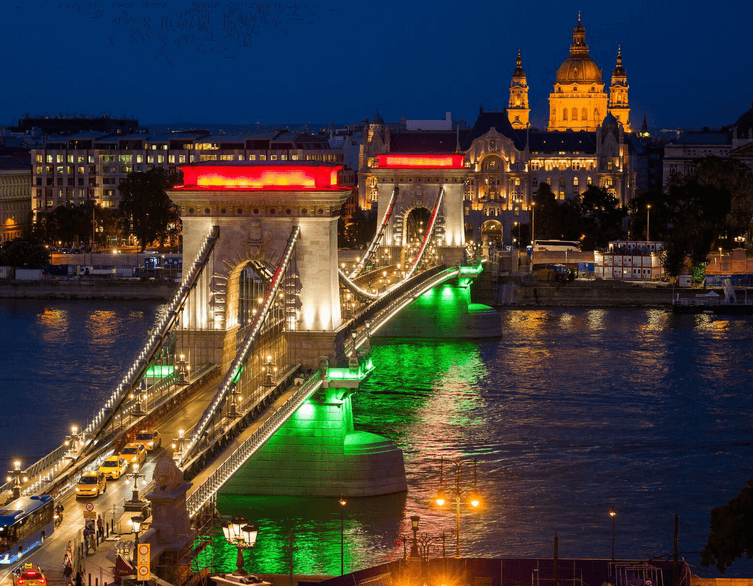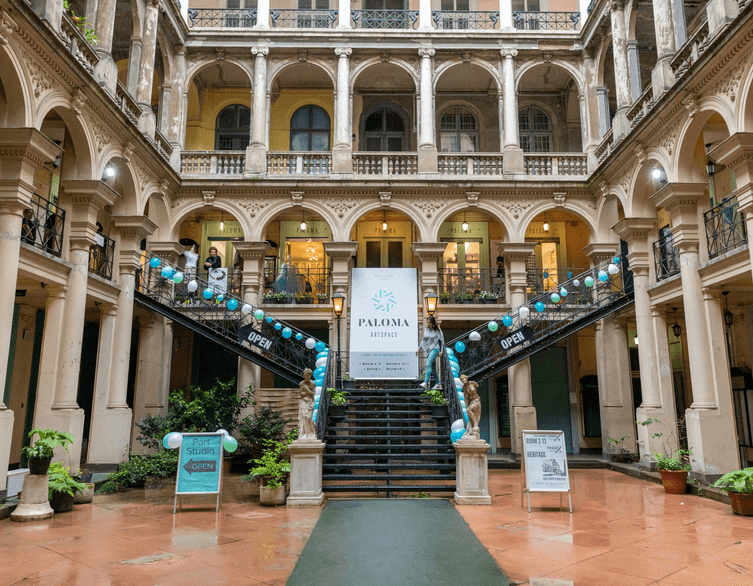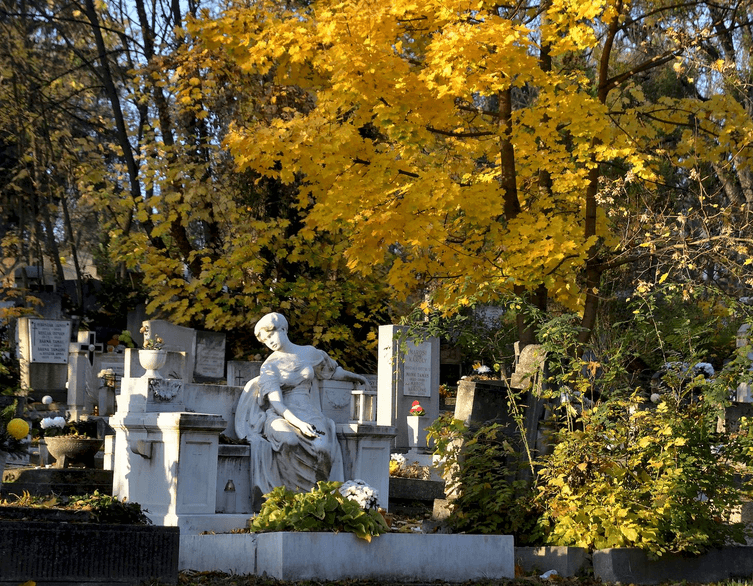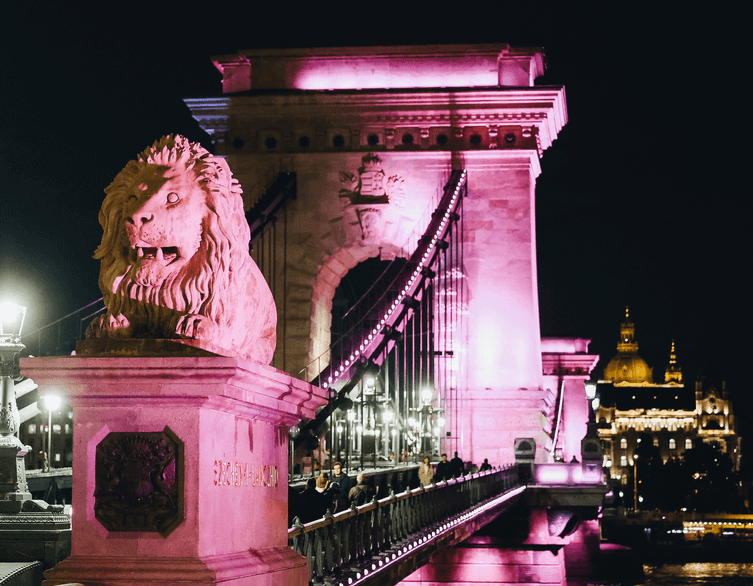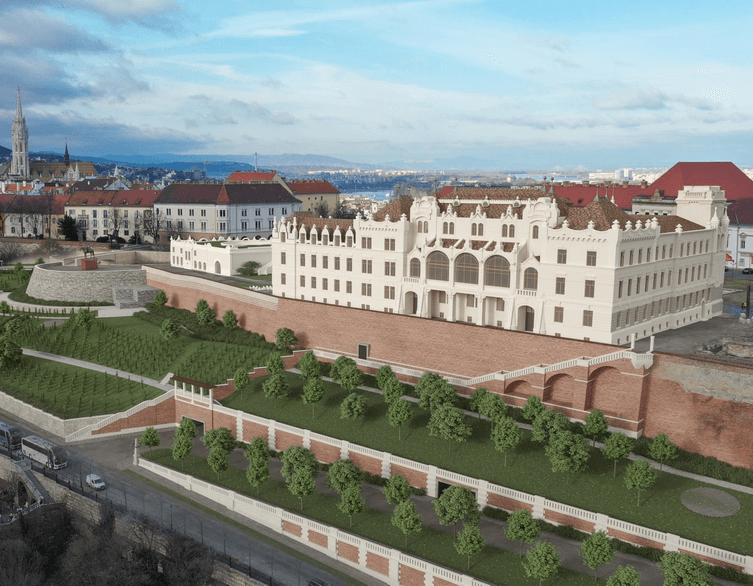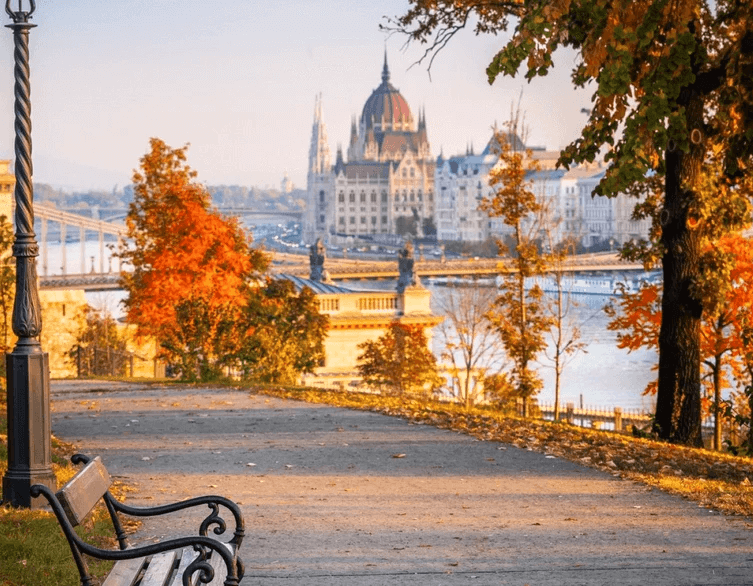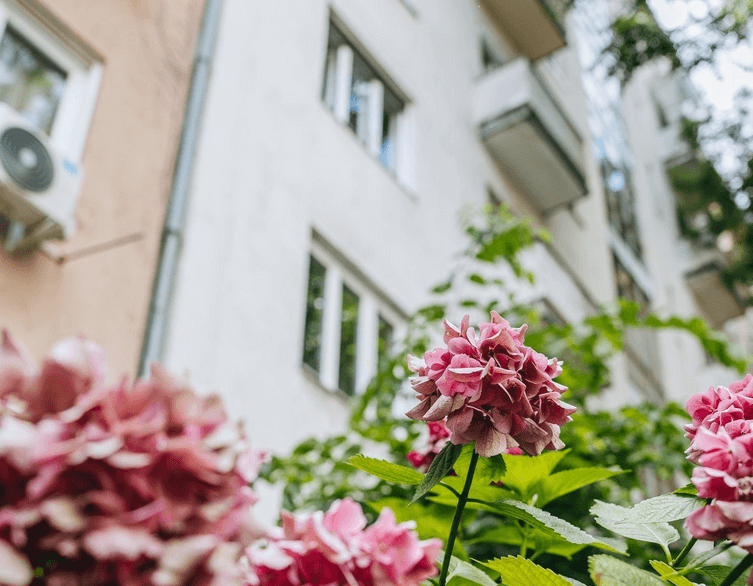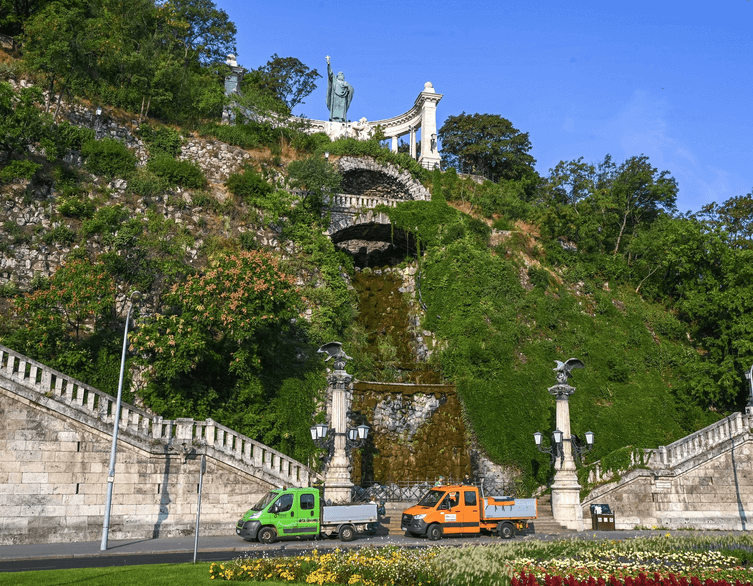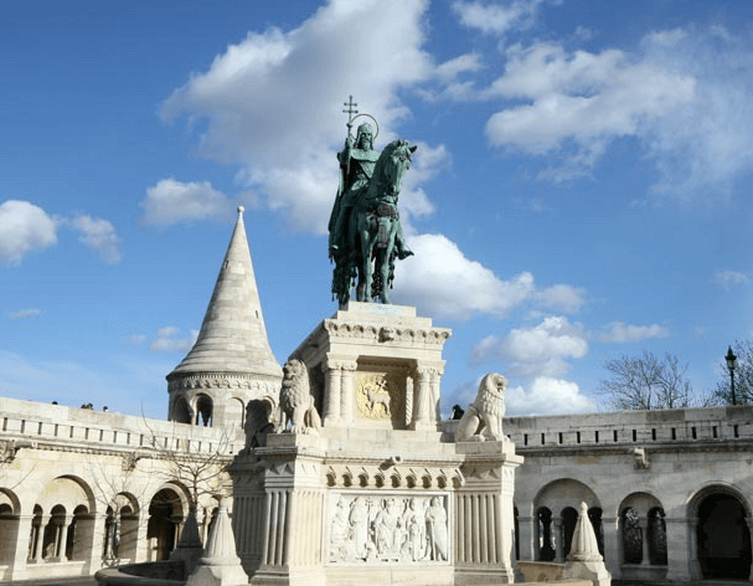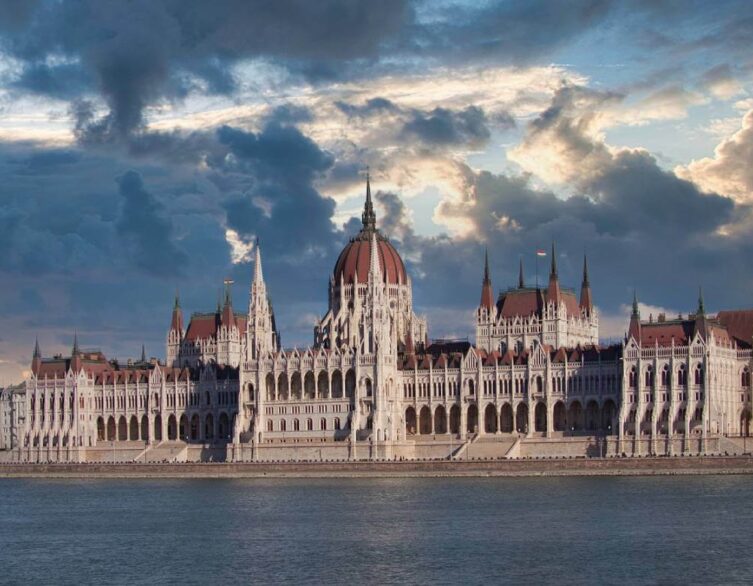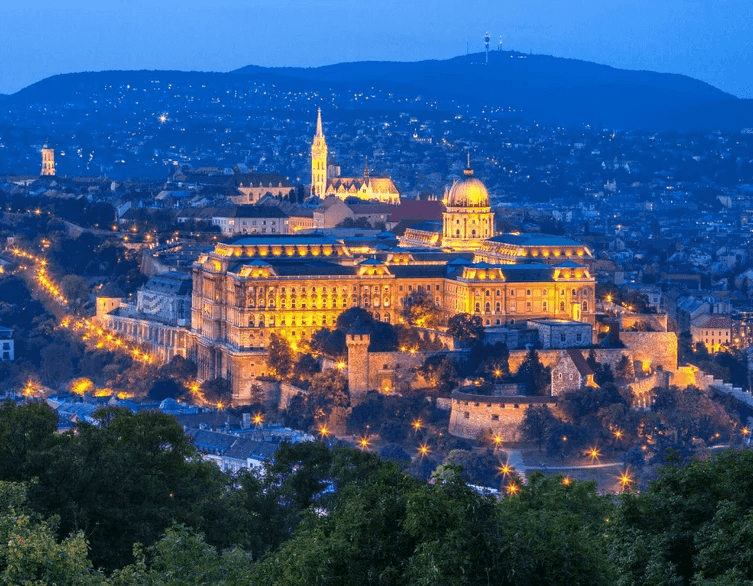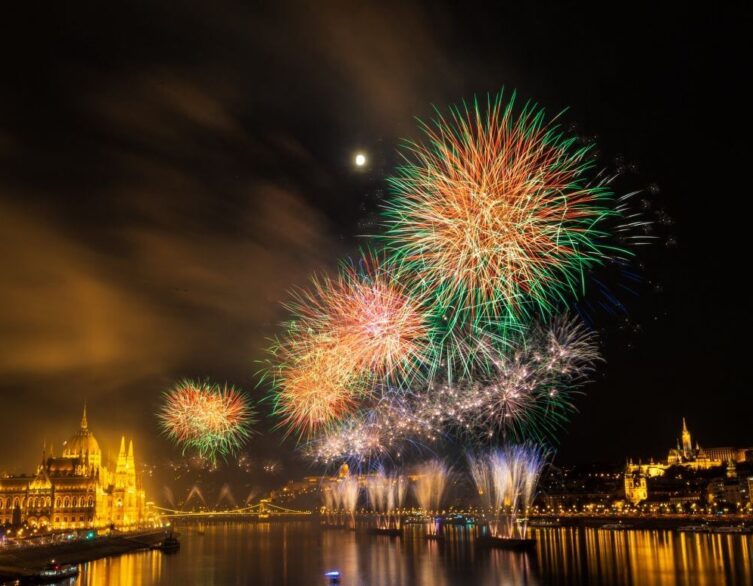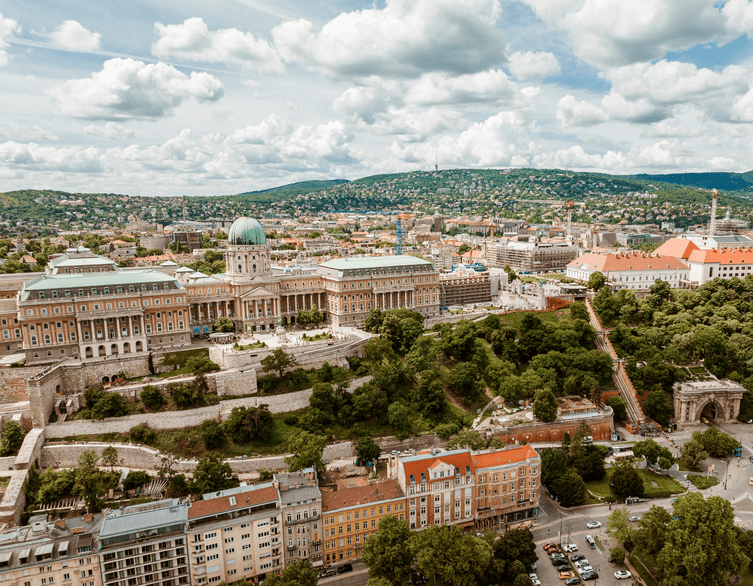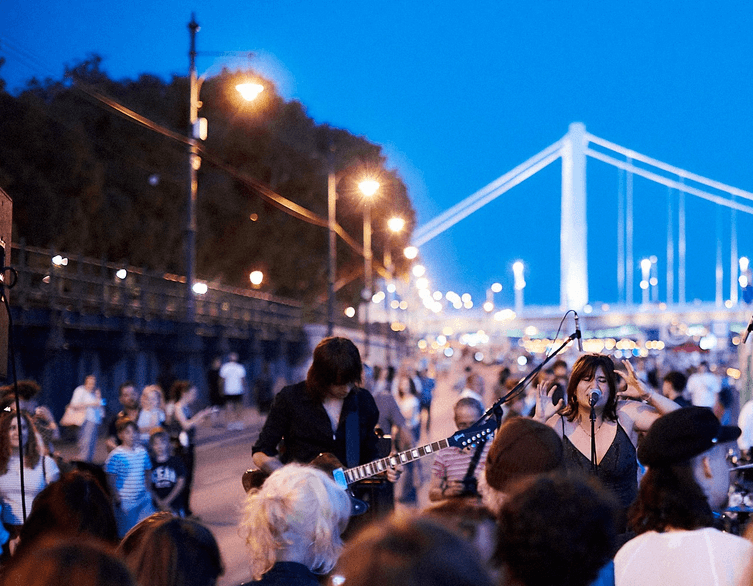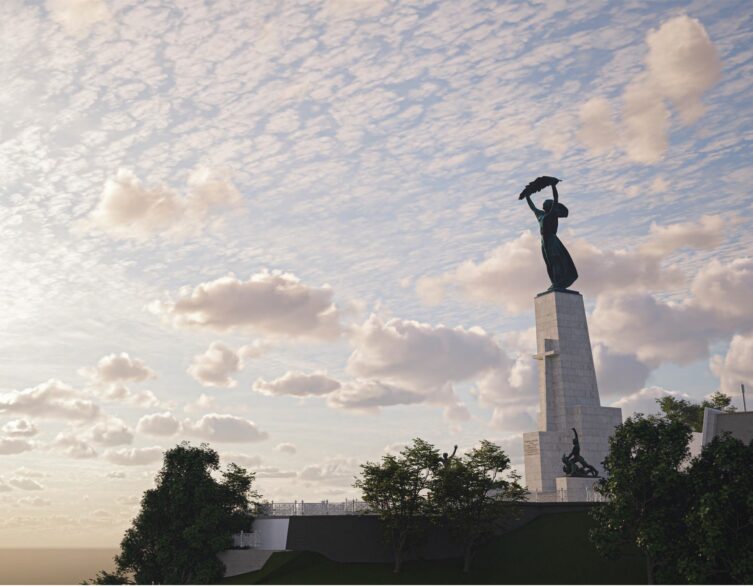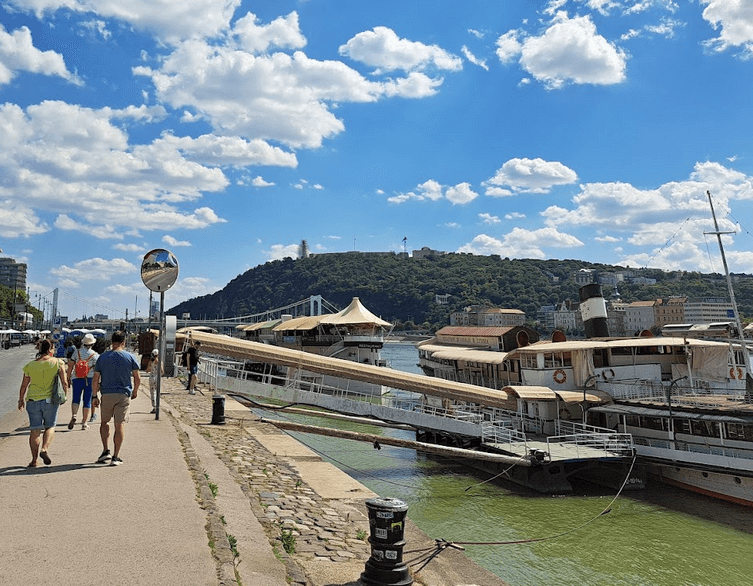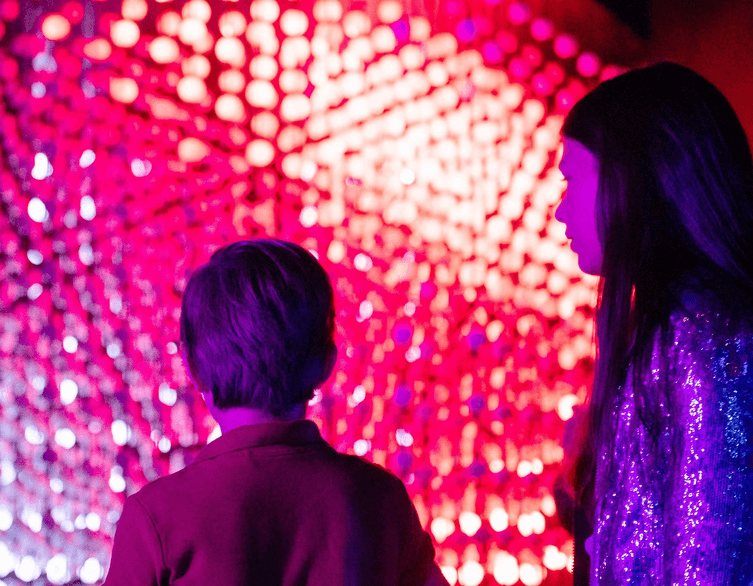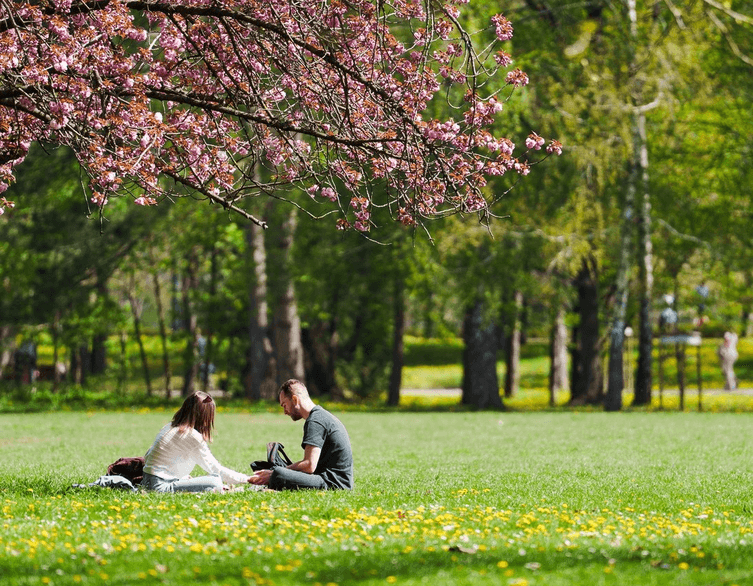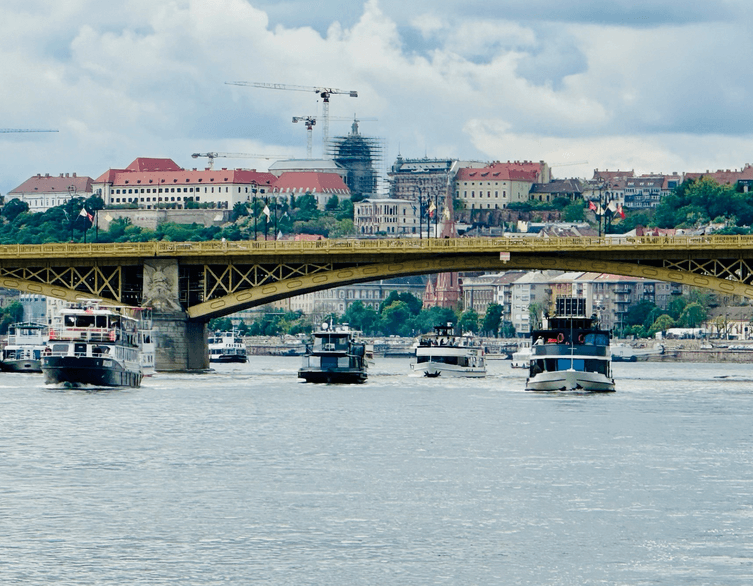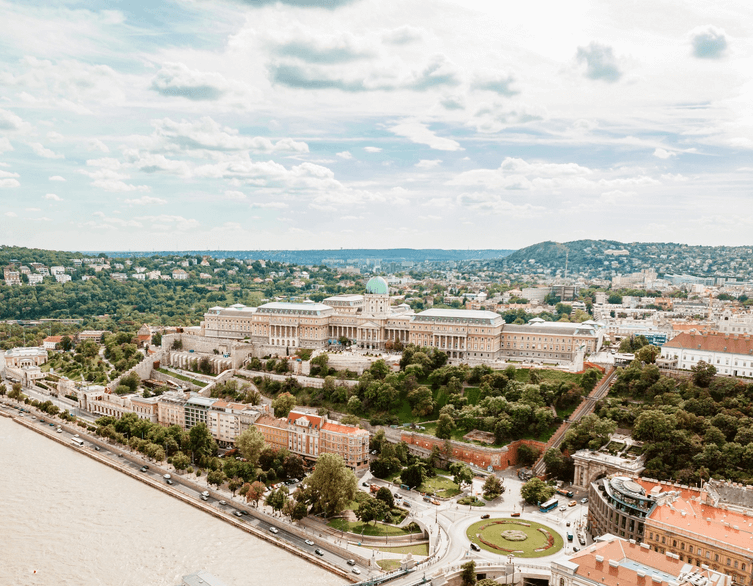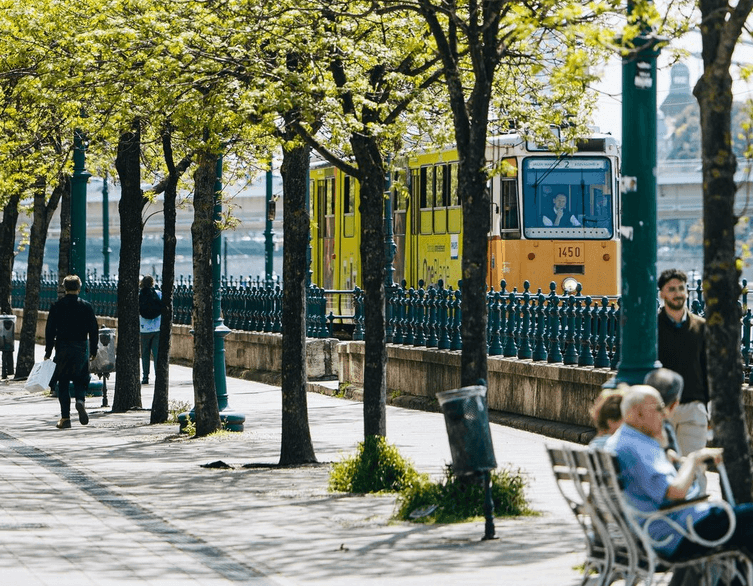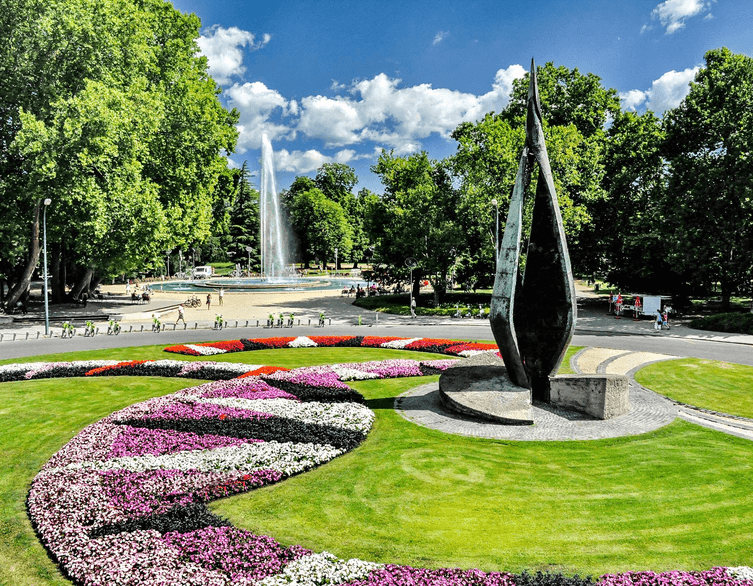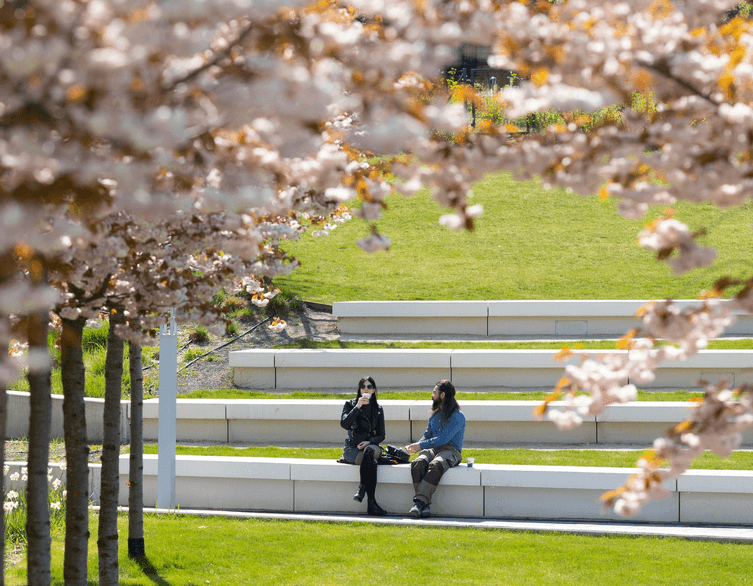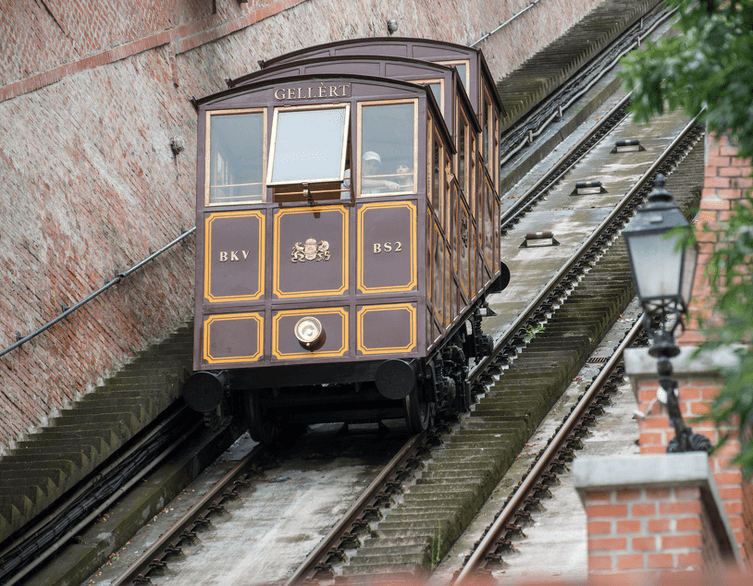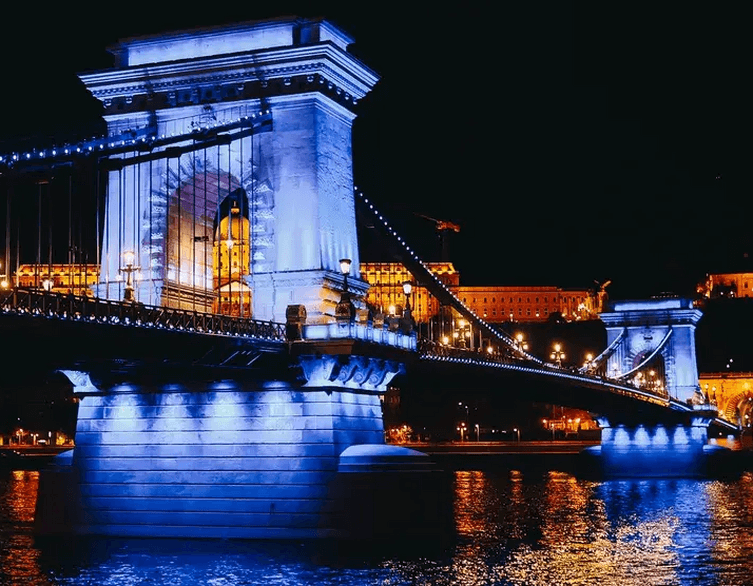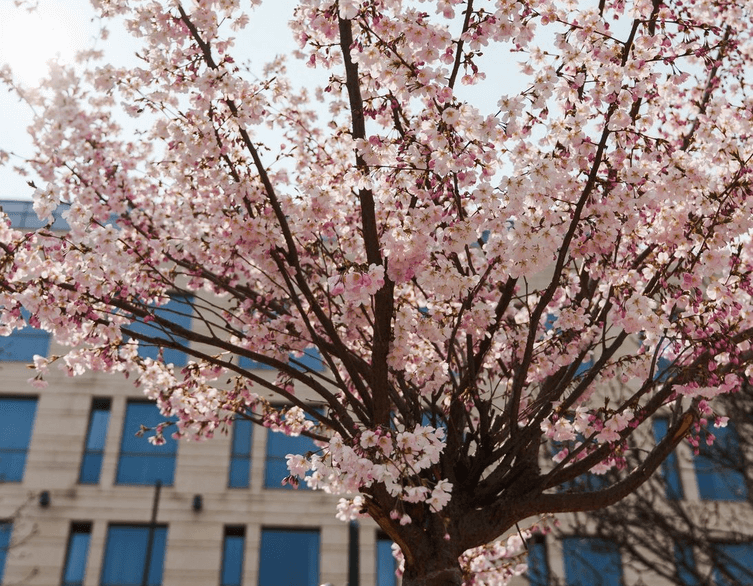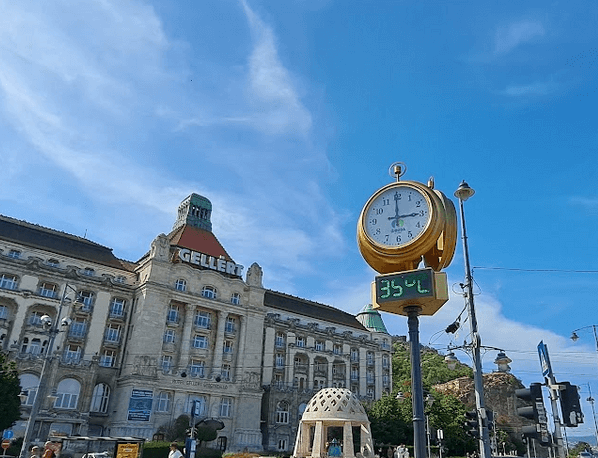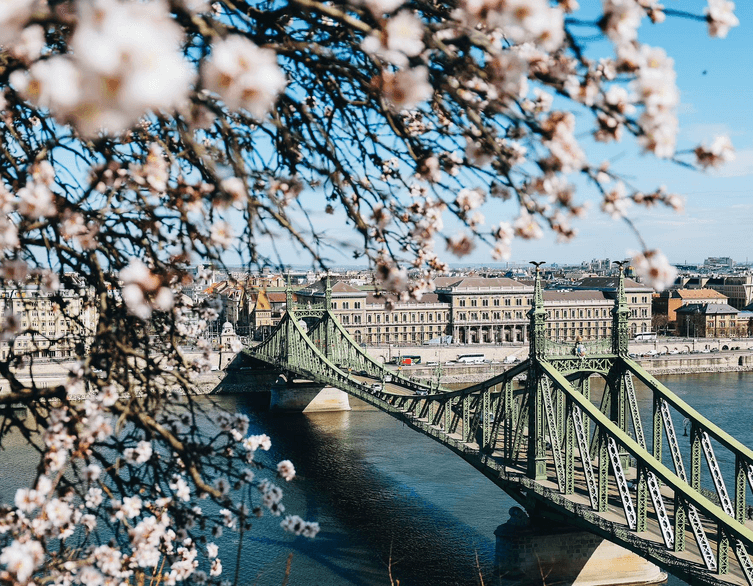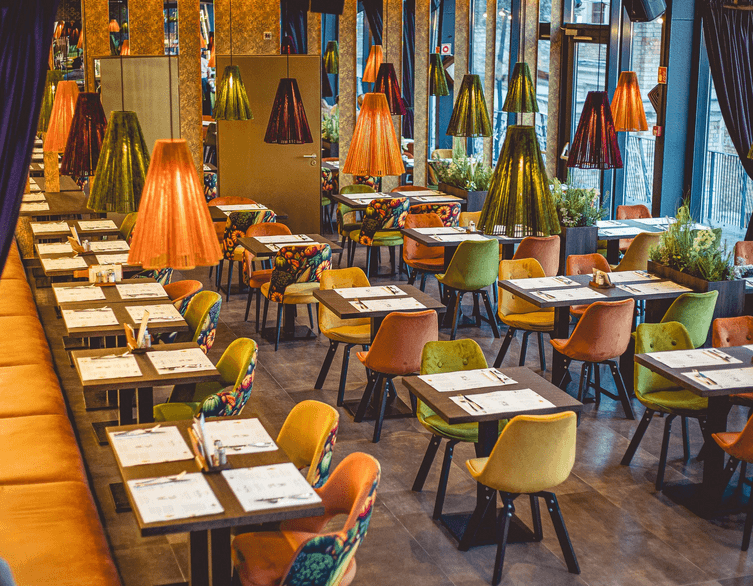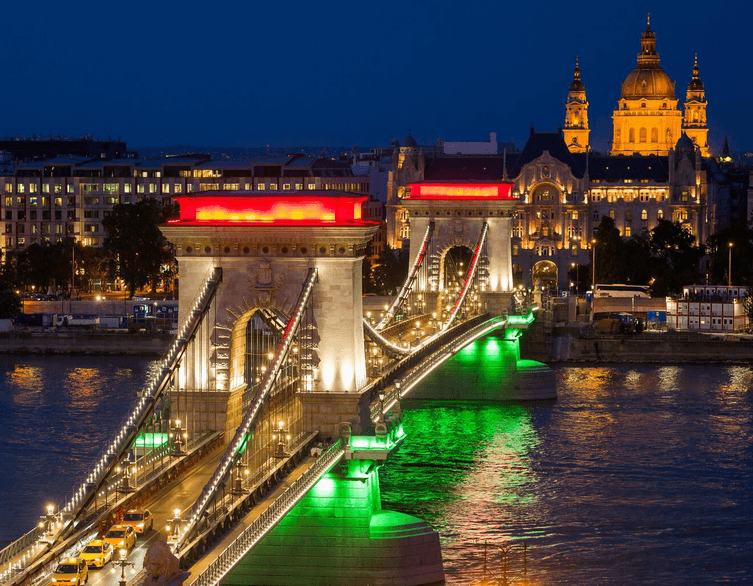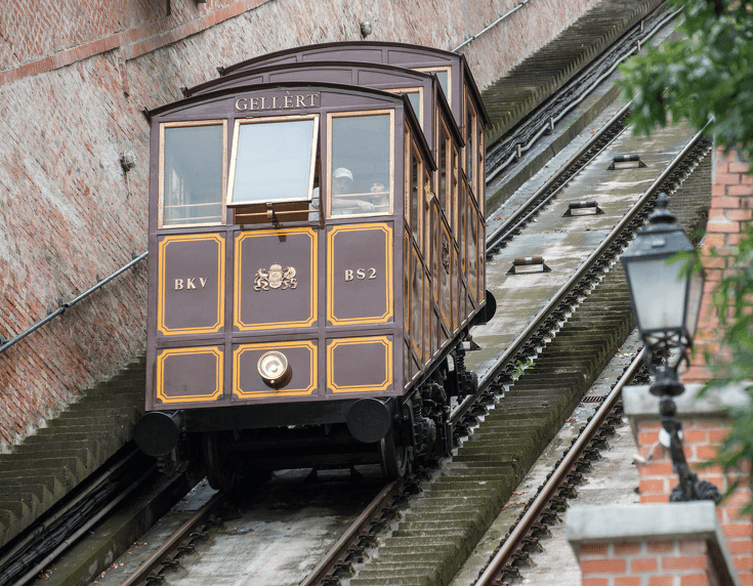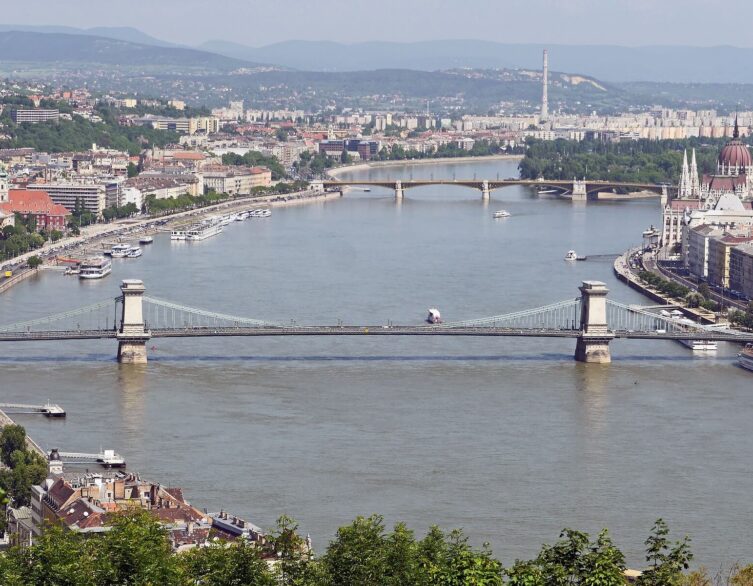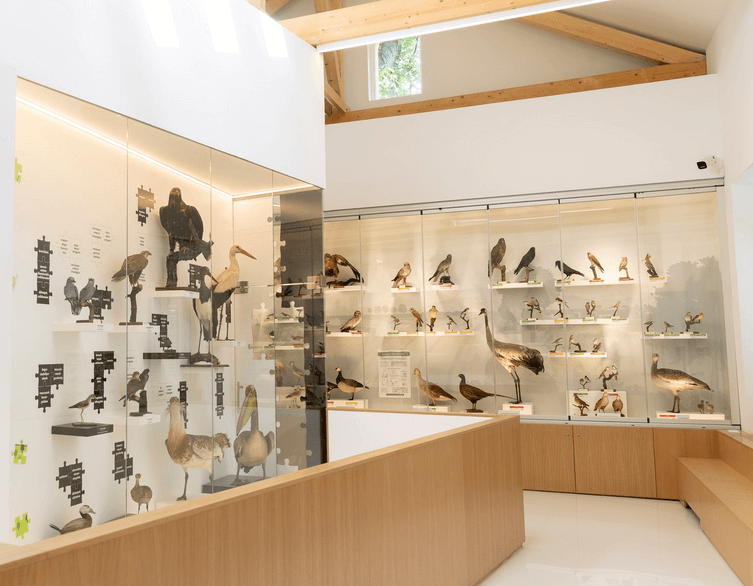Buda Castle: A timeless icon of Hungarian history in Budapest
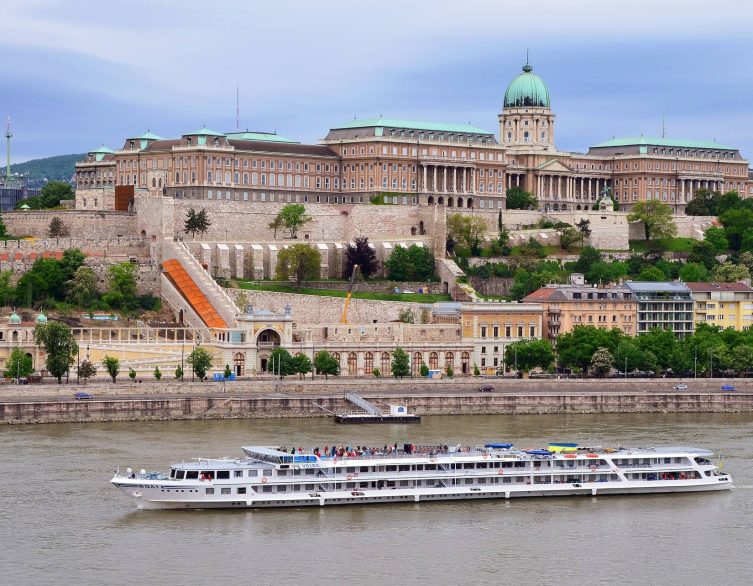
Nestled on the western bank of the majestic Danube River in Budapest, Hungary, lies a place that resonates with centuries of history, culture, and architectural splendor – Buda Castle. This iconic landmark, also known as the Castle Palace, stands as a testament to Hungary’s rich past and is a must-visit destination for anyone exploring the heart of Eastern Europe. Nestled at the heart of Budapest, Castle Hill offers a central vantage point that presents the city’s historical narrative through its iconic landmark, the Budapest Castle. This central hub of heritage and culture, perched above the Danube, anchors the skyline with its imposing structure, inviting visitors to explore the depths of Budapest’s storied past.
A Journey Through Centuries – Royal Palace
The Royal Palace, also known as the Buda Castle, stands as a majestic landmark atop the hills of Buda, overlooking the vibrant city of Budapest. This historical palace, once the residence of Hungarian kings, is a symbol of the country’s rich heritage and architectural prowess. Its construction began in the 13th century, evolving through various architectural styles from Gothic to Baroque, reflecting the changes in cultural and political epochs. Today, the Palace is not only a testament to Hungary’s tumultuous history but also houses the National Gallery and the Budapest History Museum, making it a cultural epicenter for both locals and tourists alike.
Buda Castle history and architectural Marvels
The architecture of Buda Castle is a harmonious fusion of Gothic, Renaissance, and Baroque styles, a testament to the myriad reconstructions and expansions it has undergone over the years. Visitors are immediately captivated by the grandeur of the Castle Palace itself, an imposing structure that dominates the skyline of Budapest. The Castle Quarter, with its labyrinthine streets and picturesque courtyards, beckons explorers to wander through its timeless beauty. And then there is the awe-inspiring Matthias Church, an architectural gem that adds to the allure of this historic site. Together, these elements contribute to the unique charm of the castles in Budapest.
A cultural treasure trove
Within the hallowed halls of Buda Castle, you will find a veritable treasure trove of culture and history. The Hungarian National Gallery and the Budapest History Museum, both housed within the complex, offer an enchanting glimpse into Hungary’s rich artistic and historical heritage. The galleries boast an extensive collection of artifacts, from medieval relics to modern masterpieces, all of which illuminate the evolution of Hungarian culture and society. Visitors have the opportunity to immerse themselves in the artistic expressions, historical narratives, and cultural achievements that have shaped Hungary throughout the ages.
Resilience and restoration – Buda Castle
The annals of Buda Castle are not without their chapters of hardship and adversity. During the turmoil of World War II, the castle suffered significant damage. Yet, its story is one of resilience and rebirth. Extensive restoration efforts, marked by painstaking attention to detail, have ensured that the Castle Palace stands today as a magnificent testament to its former glory. These restoration endeavors allow future generations to marvel at its beauty and appreciate its enduring significance.
A year-round destination
Medieval castle is not just a relic of the past; it is a living monument that hosts a vibrant array of events and festivals throughout the year. From enchanting concerts held in its evocative courtyards to thought-provoking art exhibitions that grace its galleries, the Castle Palace remains an active and integral part of Budapest’s cultural scene. These events serve to breathe life into the ancient stones and engage visitors in the ongoing narrative of Hungarian culture.
Nearby attractions
The allure of Buda Castle extends beyond its historic walls. Nearby, you’ll find a host of other attractions that enrich the experience. The picturesque Fisherman’s Bastion, with its fairytale-like turrets and panoramic viewpoints, is a short walk away. Matthias Church, a masterpiece of Gothic architecture, stands in splendid harmony with the castle. A stroll along the cobbled streets of the Castle District reveals charming cafes, boutiques, and hidden gems waiting to be discovered. The intriguing Labyrinth of Buda Castle offers an underground adventure, while the Budapest History Museum invites you to explore the rich historical tapestry of Hungary.
Best deals of Budapest
Incredible views of the city
One of the undeniable highlights of visiting Budapest city is the breathtaking panoramic view it offers. Perched atop the Castle Hill, visitors are treated to a mesmerizing vista that unfolds before them – the graceful Danube River winding its way through the city, the architectural marvels of Budapest’s skyline, and the rolling hills that frame this captivating landscape. Particularly at sunset, as the city’s lights begin to twinkle, this view is nothing short of magical.
From this vantage point, you can spot iconic landmarks such as the Széchenyi Chain Bridge, connecting Buda and Pest, the stately Hungarian Parliament on the banks of the Danube, the elegant Elisabeth Bridge, and the tranquil Margaret Bridge, named after Saint Margaret Island, which can also be seen from Buda Castle.
Fun facts and trivia
Delving deeper into the history and charm of Buda Castle reveals a wealth of fun facts and trivia. For instance, did you know that has served as a backdrop for numerous films and television series, making it a favored location for filmmakers in search of timeless charm? Its distinctive architecture and historical ambiance have made it a versatile setting that transcends eras and genres. Furthermore, the Castle Palace has been an enduring source of inspiration for countless artists, writers, and creatives who have found in its walls a wellspring of creativity and a connection to Hungary’s rich cultural heritage.
Buda Castle hill – World Heritage
Recognized as a UNESCO World Heritage site, the Castle, with the Royal Palace at its core, is a treasure trove of history, culture, and beauty. This prestigious designation underscores the area’s universal value, preserving it for future generations to cherish. Walking through the cobblestone streets, visitors are transported back in time, surrounded by the stunning architecture, historical monuments, and breathtaking views of the Danube and Pest. The World Heritage status not only highlights the importance of the Royal Palace and its surroundings but also promotes the conservation of this unique area, ensuring that its stories and splendor continue to inspire awe and wonder.
In Conclusion
In conclusion, Buda hills is far more than a historical site; it is a living testament to Hungary’s enduring spirit. Its rich history, captivating architecture, cultural significance, and panoramic views make it an essential stop for travelers eager to immerse themselves in the heart of Budapest and the very essence of Hungarian identity.
So, the next time you find yourself meandering through the charming streets of Budapest, be sure to make your way to Buda Castle. Step into a world where the past seamlessly meets the present, where history comes alive amid the grandeur of Hungary’s Castle Palace architecture. Allow yourself to be transported through centuries of culture and heritage, and let the stories of Castle weave their timeless magic around you.
Delving into the Buda Castle District through a walking tour offers an intimate exploration of Budapest’s historical heart. This journey unfolds the grandeur of the Royal Palace alongside a myriad of medieval, baroque, and neoclassical marvels, each narrating its own story of the past. As visitors navigate the winding streets and charming courtyards, they encounter stunning panoramas of the city, revealing the intricate relationship between the district and the broader landscape of Budapest. This walking tour is not merely a passage through time; it’s an immersive experience that connects the threads of history, architecture, and culture, providing a deeper appreciation of the district’s enduring legacy.
Related news
Related events
Related attractions




















